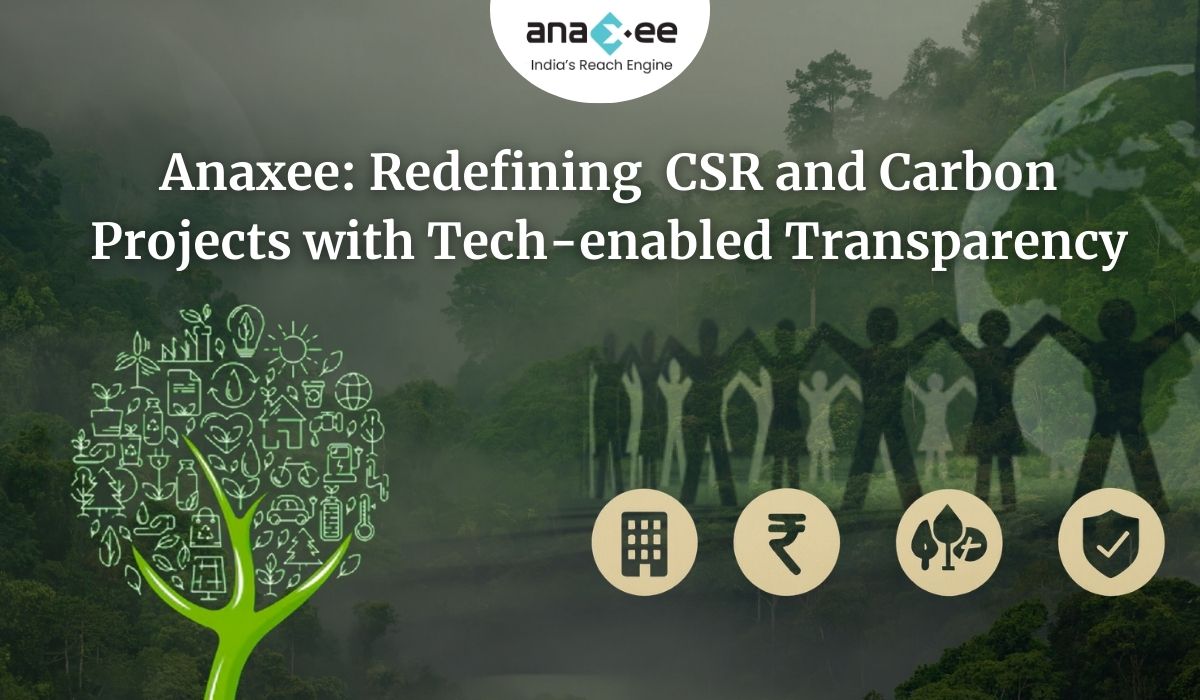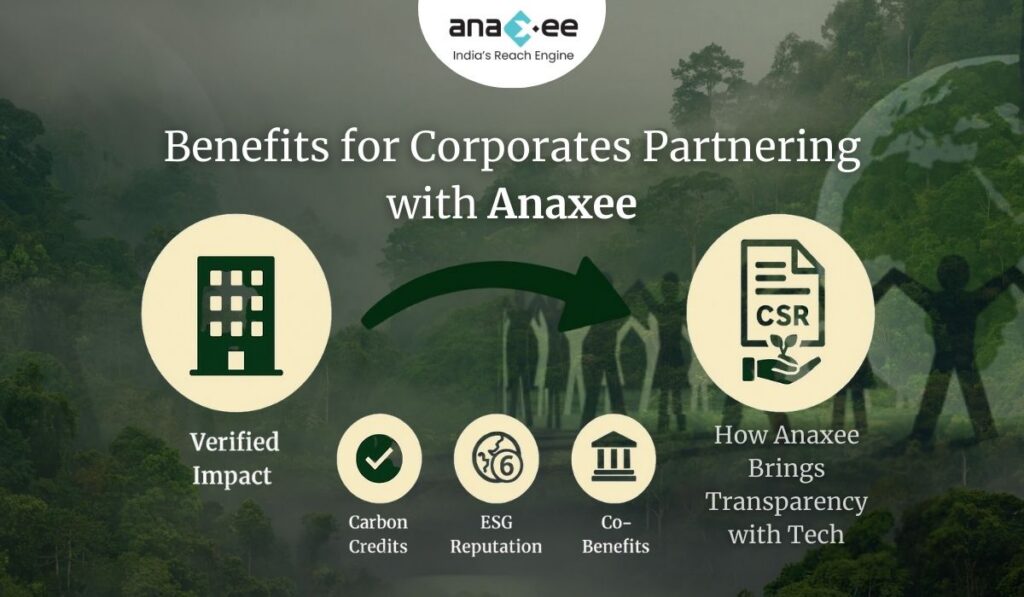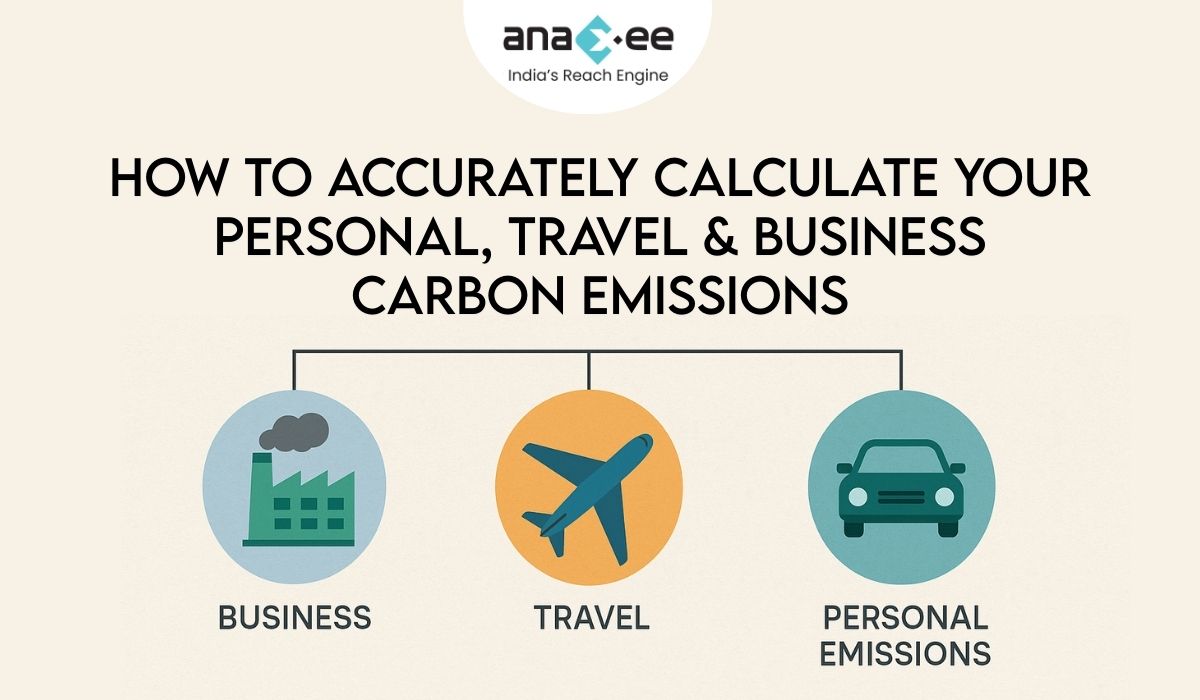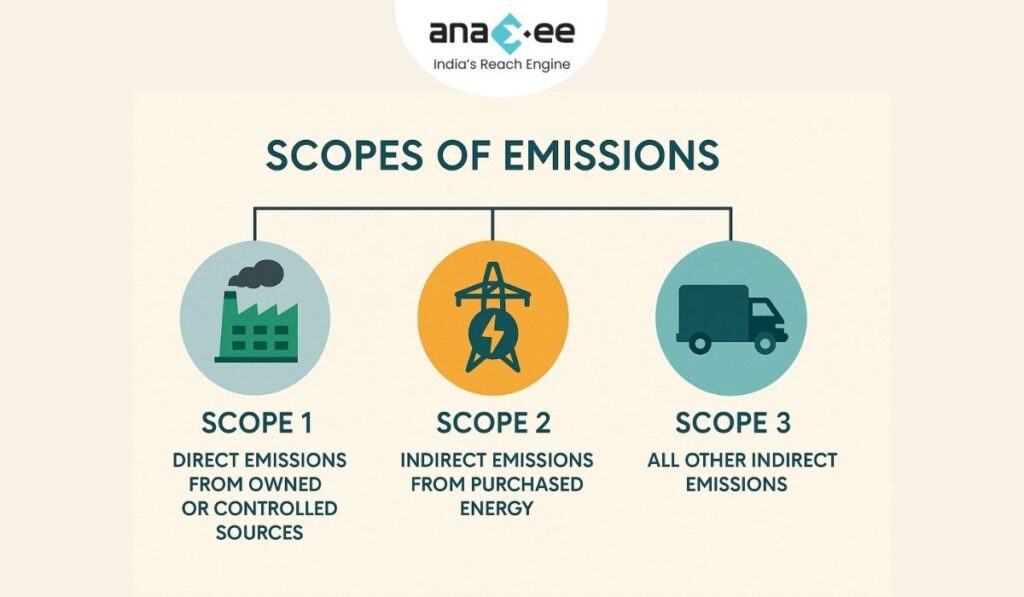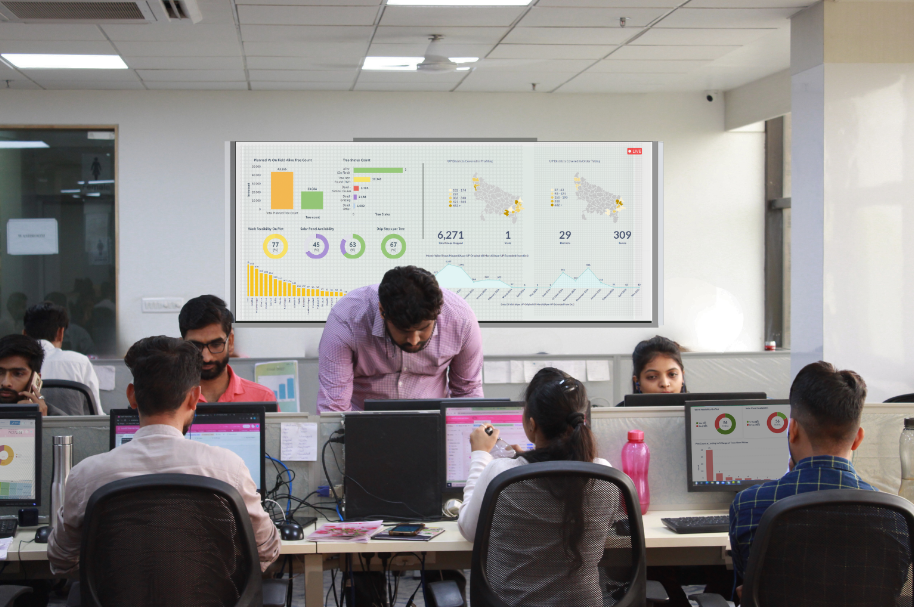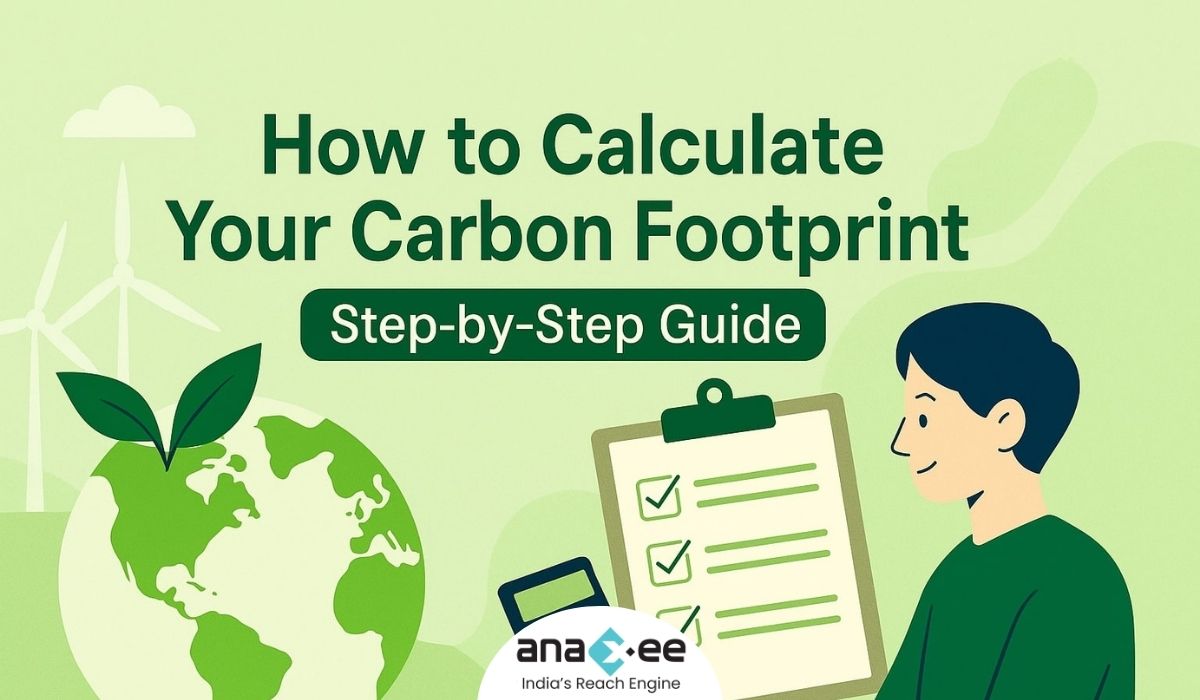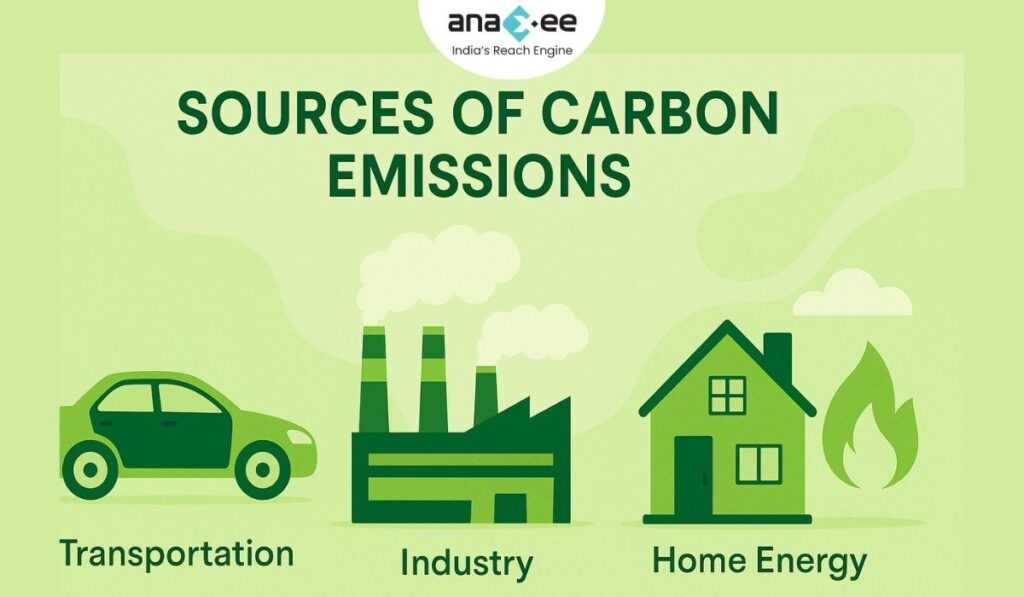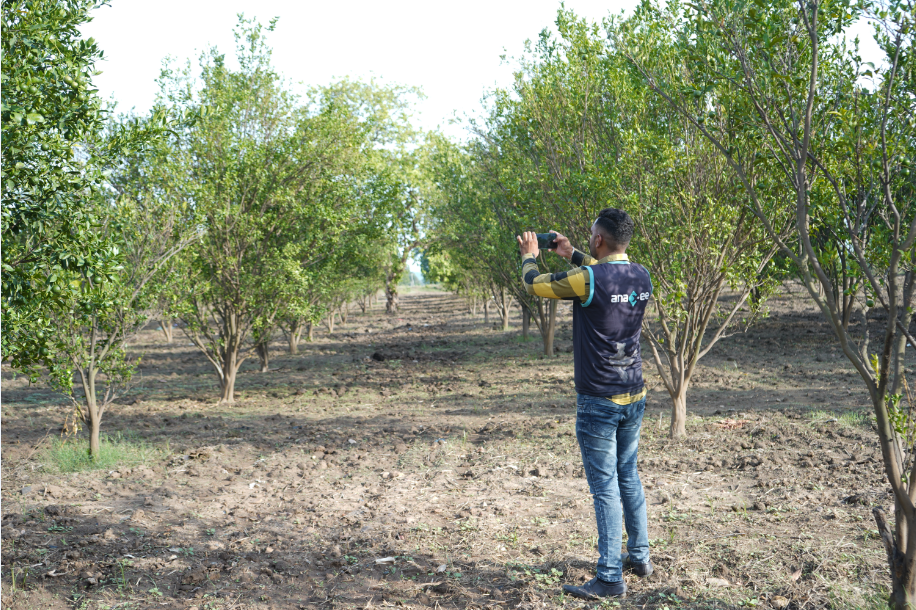Introduction: Why CSR Needs a New Model
India has emerged as a global pioneer in Corporate Social Responsibility (CSR) by making it mandatory under the Companies Act, 2013. Each year, thousands of crores flow into CSR initiatives, touching lives across education, health, livelihood, environment, and community development.
But when it comes to climate and carbon-linked CSR projects, the picture is less inspiring. While companies are increasingly allocating funds to environmental projects, questions persist:
-Are CSR funds truly creating measurable climate impact?
-Do corporates have real-time visibility into how projects are performing?
-Are NGOs empowered enough to implement long-term, carbon-accounted projects?
The reality is stark. Most CSR projects struggle with short-term focus, dependency on NGOs with limited resources, and lack of robust monitoring systems. As a result, transparency and credibility—the two pillars of impactful climate action—are often missing.
This is where Anaxee Digital Runners Pvt. Ltd. is changing the narrative. Positioned at the intersection of tech, community reach, and climate action, Anaxee offers a new model of CSR execution—one that makes climate projects transparent, scalable, and accountable.
The Shift: From Welfare CSR to Climate CSR
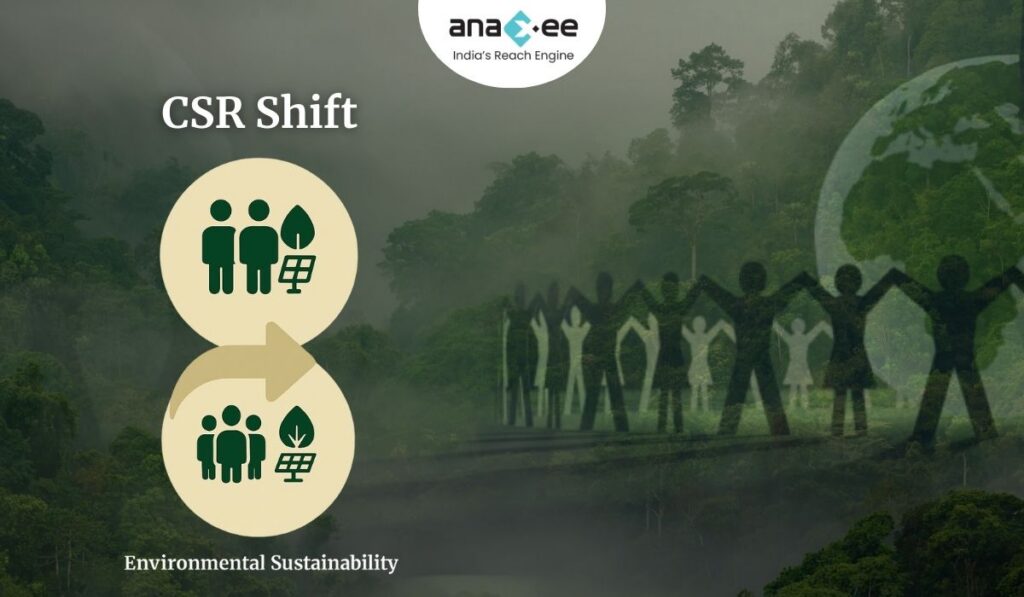
Traditionally, CSR in India has been focused on welfare projects—schools, hospitals, skill training, community services. These are important, but with the mounting urgency of the climate crisis, the corporate focus is shifting.
-Companies are expected to go beyond welfare and invest in sustainability.
-Climate-linked CSR is becoming part of ESG reporting and net-zero commitments.
-Regulators and stakeholders are pushing for measurable outcomes—not just good intentions.
Yet, many corporates face a gap. They want to invest CSR money into climate projects but lack credible, transparent partners who can bridge the gap between corporate boardrooms and rural landscapes where these projects take root.
Anaxee fills this gap.
Anaxee’s Unique Position in the CSR-Climate Space
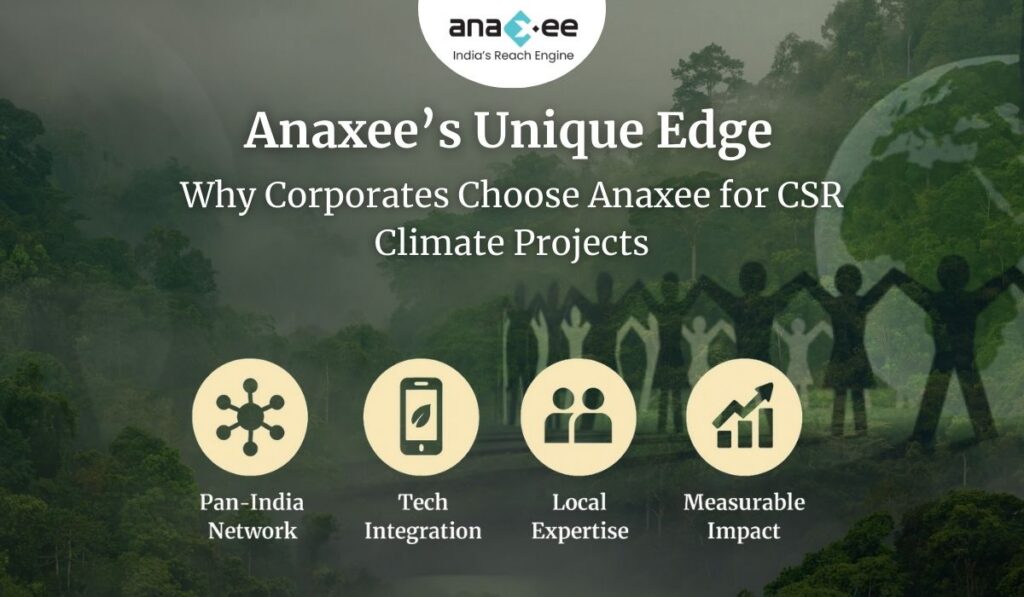
Anaxee is not just another implementation partner. It is a tech-enabled climate execution engine with unmatched last-mile reach across India.
Here’s what sets Anaxee apart:
-
Nationwide Reach
-
With a network of 40,000+ Digital Runners, Anaxee has the capacity to execute projects in remote villages, tribal areas, and Tier-3 towns—where climate action truly matters.
-
This grassroots presence ensures authentic community engagement and trusted local participation.
-
-
Tech-Driven Execution
-
Anaxee integrates digital monitoring, reporting, and verification (dMRV) tools into every CSR project.
-
Real-time dashboards give corporates visibility into where their funds are going and what impact is being created.
-
-
Proven Track Record
-
From Clean cooking initiatives to agroforestry bund plantations under VM0047, Anaxee has delivered climate impact with social co-benefits.
-
Unlike NGOs struggling with scale, Anaxee can run multiple large-scale projects simultaneously.
-
-
Bridging NGO Gaps
-
NGOs bring local trust and mobilization power, but lack tech, carbon expertise, and roadmaps.
-
Anaxee empowers NGOs with technology, training, and transparent processes—making them more effective partners.
-
In short, Anaxee is the missing link between corporate CSR funds, NGOs, and transparent carbon outcomes.
Bringing Transparency with Tech
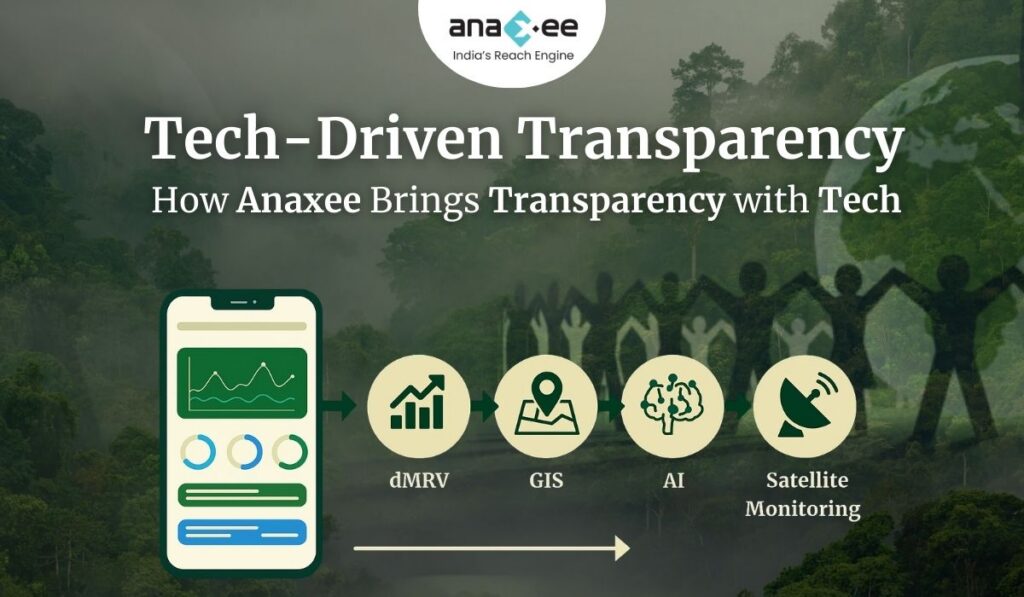
The biggest challenge in CSR is trust. Companies often struggle to prove that:
-CSR funds were used as intended.
-The claimed impact is real and measurable.
-The benefits go beyond tokenism to long-term climate goals.
Anaxee addresses this through technology.
1. dMRV Tools for CSR and Carbon Projects
-Digital data collection through mobile apps.
-Geo-tagged photos, videos, and records.
-Automated carbon accounting integrated with project data.
2. Real-Time Dashboards for Corporates
-Corporates can log in and see project progress in real-time.
-Metrics like trees planted, survival rates, carbon sequestered, households impacted are visible at a click.
3. GIS and Satellite Integration
-Projects are cross-verified with remote sensing data.
-This eliminates false claims and ensures verifiable impact.
4. AI-Powered Monitoring
-Predictive analytics help corporates understand long-term project impact.
-Issues like sapling survival, resource gaps, or community participation can be addressed proactively.
This tech backbone makes Anaxee’s CSR projects auditable, transparent, and investor-grade.
Empowering NGOs Through Capacity Building
NGOs remain critical in India’s climate story. They are the ones who connect with communities, mobilize local participation, and create awareness. But they face limitations:
-Limited resources and manpower.
-Minimal exposure to carbon methodologies like VM0047.
-No 15–20-year roadmap planning.
-Lack of tech-enabled monitoring.
Anaxee doesn’t bypass NGOs—it empowers them.
-Training programs on climate project implementation.
-Digital tools to record and report their activities.
-Capacity building for long-term planning.
-Integration into carbon markets where NGOs couldn’t participate alone.
By partnering with Anaxee, NGOs are strengthened, not sidelined. They continue to bring local trust while Anaxee ensures transparency and scalability.
Case Examples: Anaxee in Action
1. Clean Cooking Initiatives (CSR + Climate + Health)
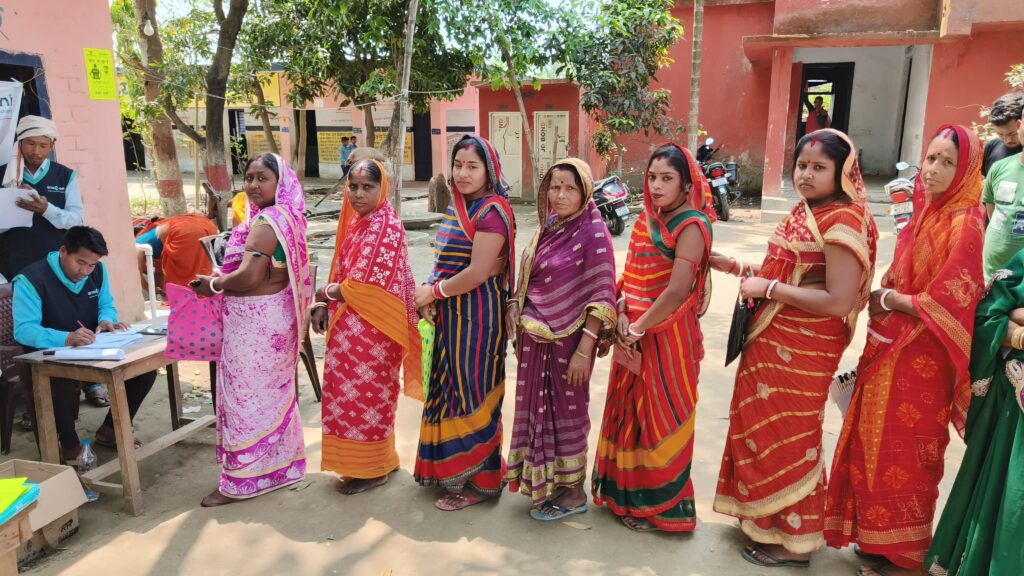
-Objective: Distribute clean cooking stoves in tribal communities.
-Impact:
- Clean Cooking Initiative
-
70% reduction in smoke-related health issues.
-
50% less firewood consumption, reducing deforestation.
-
Community awareness on health + climate benefits.
-
This project showcases how Anaxee combines CSR with measurable carbon benefits.
2. Bund Agroforestry under VM0047
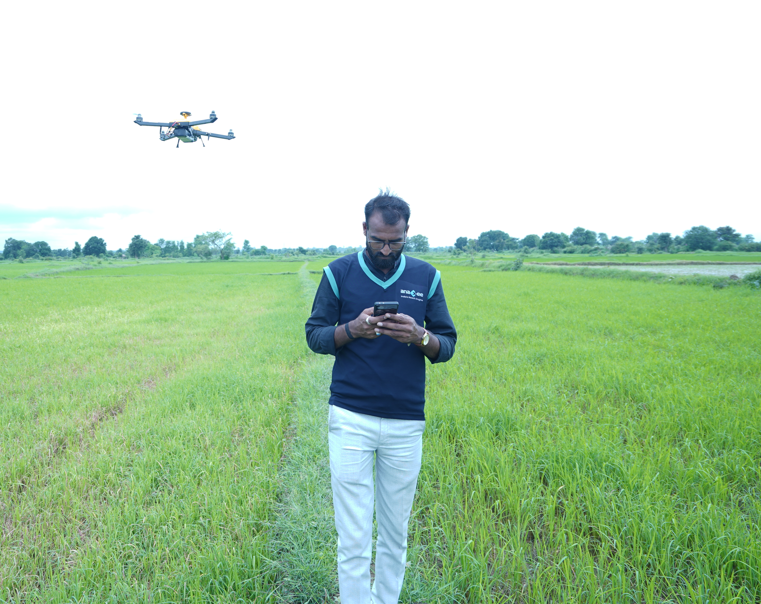
-Integrated into carbon credit methodology.
-Smallholder farmers supported to plant trees on bunds.
-Corporate CSR funds channeled into long-term climate impact.
This project not only creates carbon credits but also delivers co-benefits like farmer income, soil health, and biodiversity.
3. Education + Climate Pilots

-Combining school-level awareness programs with tree plantations.
-Creating a generation of climate-conscious youth.
These examples prove Anaxee’s ability to merge CSR, carbon, and community seamlessly.
How Corporates Benefit by Partnering with Anaxee

Corporates often hesitate to enter climate-linked CSR because of integrity risks. With Anaxee, they gain:
-
Transparent Fund Utilization
-
Every rupee is traceable.
-
Corporates see exactly where and how their money is spent.
-
-
Measurable Climate Impact
-
Verified metrics: CO₂ reduced, hectares restored, households impacted.
-
Projects aligned with SDGs and ESG frameworks.
-
-
Enhanced Reputation
-
Corporates can communicate authentic stories to stakeholders.
-
Builds credibility with investors, regulators, and customers.
-
-
Carbon Credit Potential
-
CSR funds can unlock long-term carbon credits for corporates.
-
This positions them ahead of compliance requirements like India’s Carbon Credit Trading Scheme (CCTS).
-
Long-Term Vision: Anaxee as India’s Climate Execution Engine
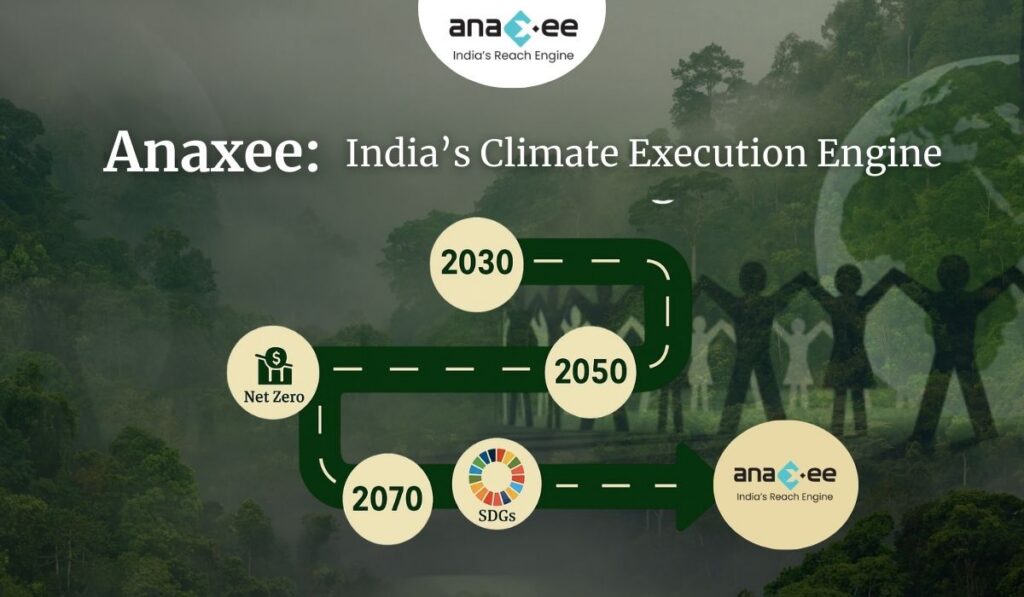
Anaxee is not solving for one CSR cycle. It is building the execution backbone for India’s climate action.
-Scaling CSR into carbon markets: Turning CSR spends into verified carbon assets.
-Aligning with India’s Net Zero 2070: Supporting corporates in meeting national targets.
-Global recognition: Positioning Indian CSR projects as credible contributors in the voluntary carbon market.
With its blend of tech, grassroots execution, and NGO empowerment, Anaxee is uniquely placed to become India’s climate execution engine.
Conclusion: Partner with Anaxee for Transparent CSR Climate Projects
The future of CSR is climate-linked, transparent, and accountable. Corporates can no longer afford token projects—they need real impact backed by data.
NGOs alone cannot ensure this. Corporates alone cannot reach villages. But with Anaxee, CSR funds can:
-Empower NGOs.
-Deliver measurable climate outcomes.
-Align with ESG and net-zero goals.
-Build credibility in carbon markets.
Anaxee is where CSR meets transparency, where technology meets community, and where corporates meet climate action.
About Anaxee:
Anaxee drives large-scale, country-wide Climate and Carbon Credit projects across India. We specialize in Nature-Based Solutions (NbS) and community-driven initiatives, providing the technology and on-ground network needed to execute, monitor, and ensure transparency in projects like agroforestry, regenerative agriculture, improved cookstoves, solar devices, water filters and more. Our systems are designed to maintain integrity and verifiable impact in carbon methodologies.
Beyond climate, Anaxee is India’s Reach Engine- building the nation’s largest last-mile outreach network of 100,000 Digital Runners (shared, tech-enabled field force). We help corporates, agri-focused companies, and social organizations scale to rural and semi-urban India by executing projects in 26 states, 540+ districts, and 11,000+ pin codes, ensuring both scale and 100% transparency in last-mile operations. Connect with Anaxee at sales@anaxee.com
